Művész: Caravaggio (Michelangelo Merisi)
Stílus: Baroque
témák: Scenes
Technika: Oil
The Cardsharps (painted around 1594) is a painting by the Italian Baroque artist Michelangelo Merisi da Caravaggio. The painting shows an expensively-dressed but unworldly boy playing cards with another boy. The second boy, a cardsharp, has extra cards tucked in his belt behind his back, out of sight from the mark but not the viewer, and a sinister older man is peering over the dupe's shoulder and signaling to his young accomplice. The second boy has a dagger handy at his side, and violence is not far away. It was the second such painting Caravaggio created. The first, The Fortune Teller, had drawn attention, and this painting extended his reputation, small though it was at this stage. The subjects of The Fortune Teller and Cardsharps offered something new, realistic scenes of street life, especially with this beautifully rendered attention to little details such as the split fingers on the older man's gloves, or the teenage cheat's anxious glance at his master. The psychological insight is equally striking, the three figures bound together by the common drama, yet each with his own unique play within the larger play - for if the innocent is being duped, the other boy is no older, another innocent being corrupted even as he cheats his gull. Cardsharps, with its mixture of brutal low-life realism and luminous Venetian delicacy, was much admired, and Orsi "went around acclaiming (Caravaggio's) new style and heightening the reputation of his work." Over fifty copies and variants made by other painters have survived, with artists such as Georges de La Tour painting their own appreciations of the theme.
Művész |
|
|---|---|
Letöltés |
|
Engedélyek |
Szabad kereskedelmi célú felhasználásra. Lásd alább. |
Caravaggio (Michelangelo Merisi) – Legnézettebb műalkotások
|
This image (or other media file) is in the public domain because its copyright has expired. However - you may not use this image for commercial purposes and you may not alter the image or remove the watermark. This applies to the United States, Canada, the European Union and those countries with a copyright term of life of the author plus 70 years.
|
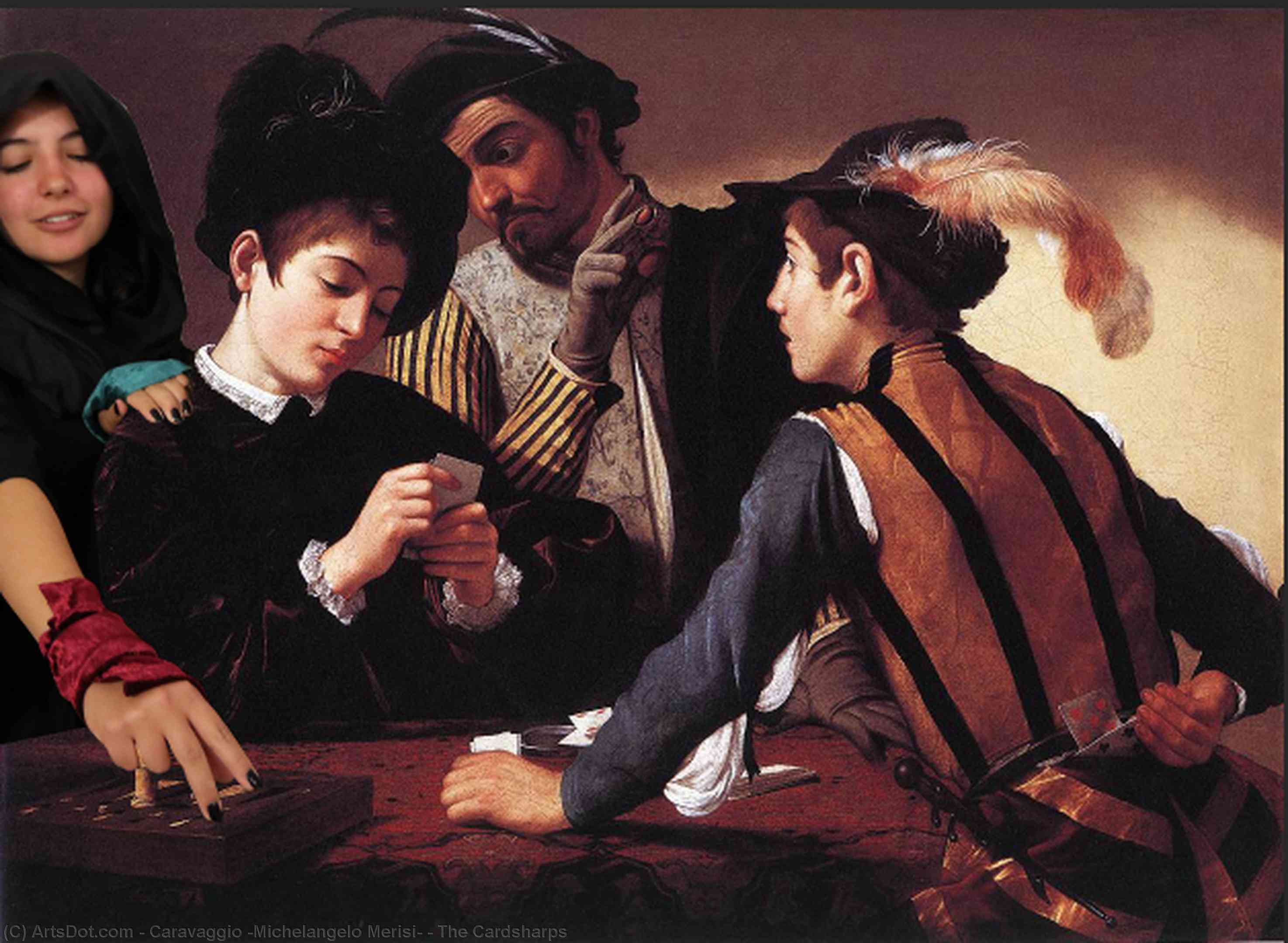
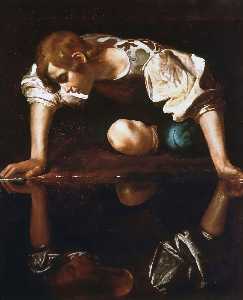


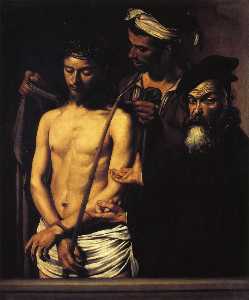
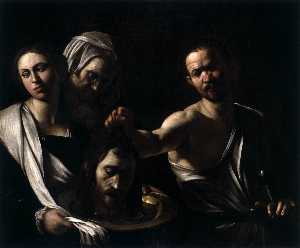
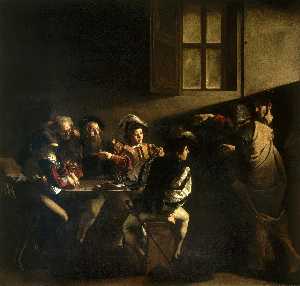
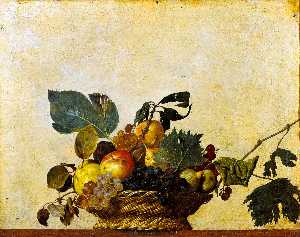
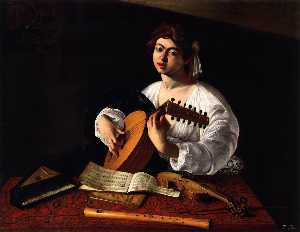

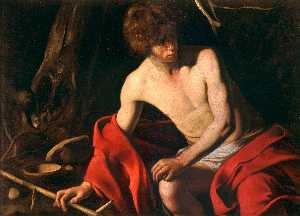

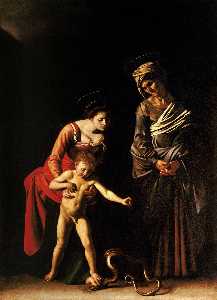
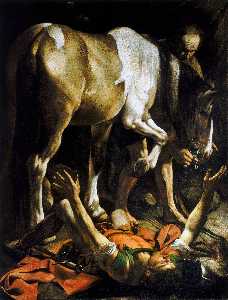
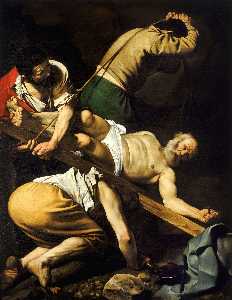
 Note that a few countries have copyright terms longer than 70 years: Mexico has 100 years, Colombia has 80 years, and Guatemala and Samoa have 75 years. This image may
not be in the public domain in these countries, which moreover do not implement the
Note that a few countries have copyright terms longer than 70 years: Mexico has 100 years, Colombia has 80 years, and Guatemala and Samoa have 75 years. This image may
not be in the public domain in these countries, which moreover do not implement the